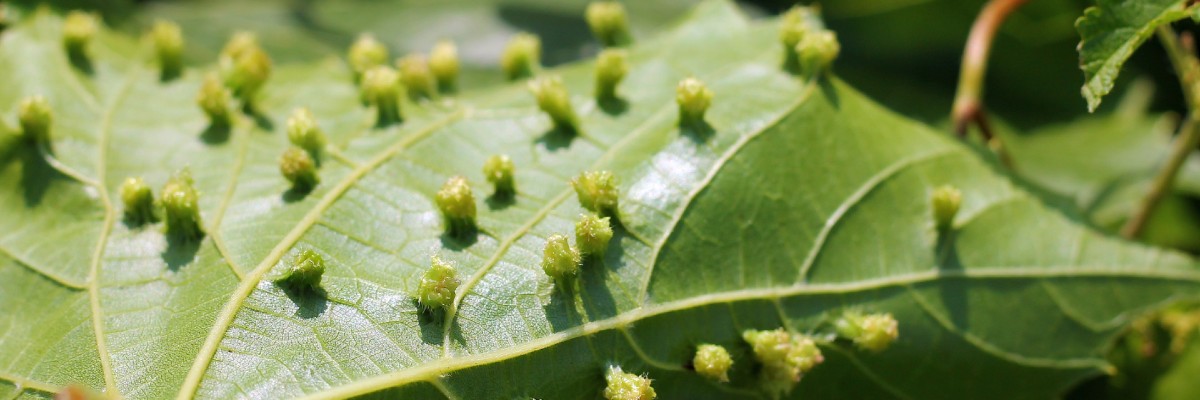Starting in 1863, European vineyards faced an unparalleled crisis that lasted over 30 years, caused by a tiny but devastating pest: the phylloxera. Originating from the United States, this minuscule aphid attacked the wood and roots of grapevines. A vine infected with phylloxera would tragically perish within three years. The aphid's bites on the vine's young roots led to the formation of growths, which, once infected, rapidly led to the vine's demise.

In 1863, phylloxera made its first appearance in Pujaut in the Gard region of France and in a greenhouse near London, where it was initially contained. From there, the pandemic spread across France, reaching Portugal and the Douro Valley, and then Switzerland in the early 1870s. By 1873, it had made its way to California, followed by Germany, Austria, Australia, Spain, Italy, and South Africa in 1880. Algeria saw its first cases in 1885, and eventually, the pest reached as far as Peru and even China just before the outbreak of World War I!
The carelessness of nurserymen or experimenters likely caused the initial phylloxera outbreaks in France at the beginning of the pandemic. Then, the infestation spread like an oil stain at varying speeds depending on the density of the vineyards and the influence of prevailing winds. Despite state-imposed measures to control the importation of vine cuttings, phylloxera gradually infested vineyards worldwide. The only exceptions were vines planted in sandy soil and American plants that were resistant to the pest.
While the aphid was identified as early as July 1868 by Jules-Émile Planchon, eradicating it was far from easy. The solution involved using naturally phylloxera-resistant American rootstocks. These rootstocks served as the foundation onto which French grape varieties (vitis vinifera) were grafted to ensure the quality of the wines. This approach saved the vineyards, but it also left them significantly weakened.